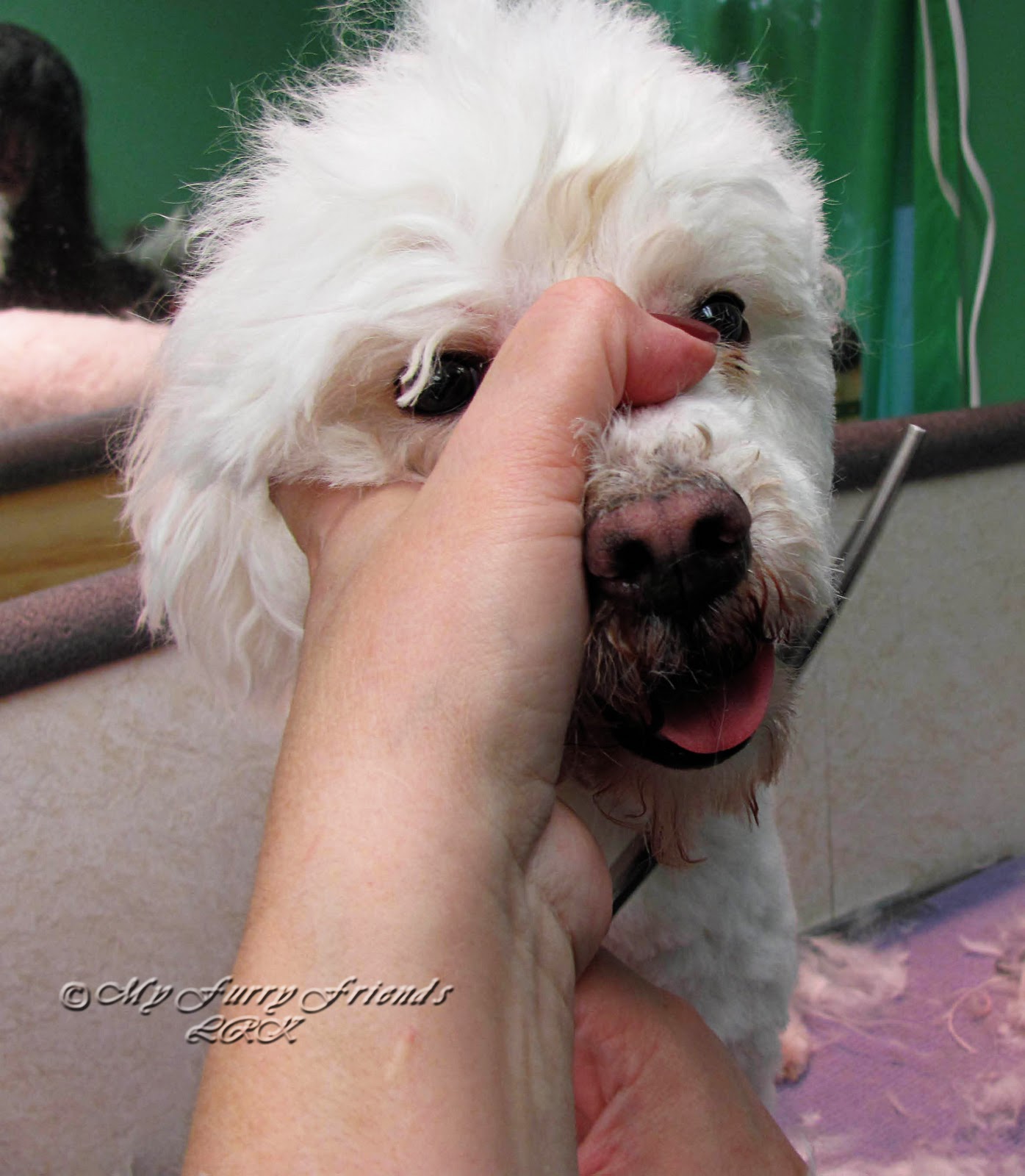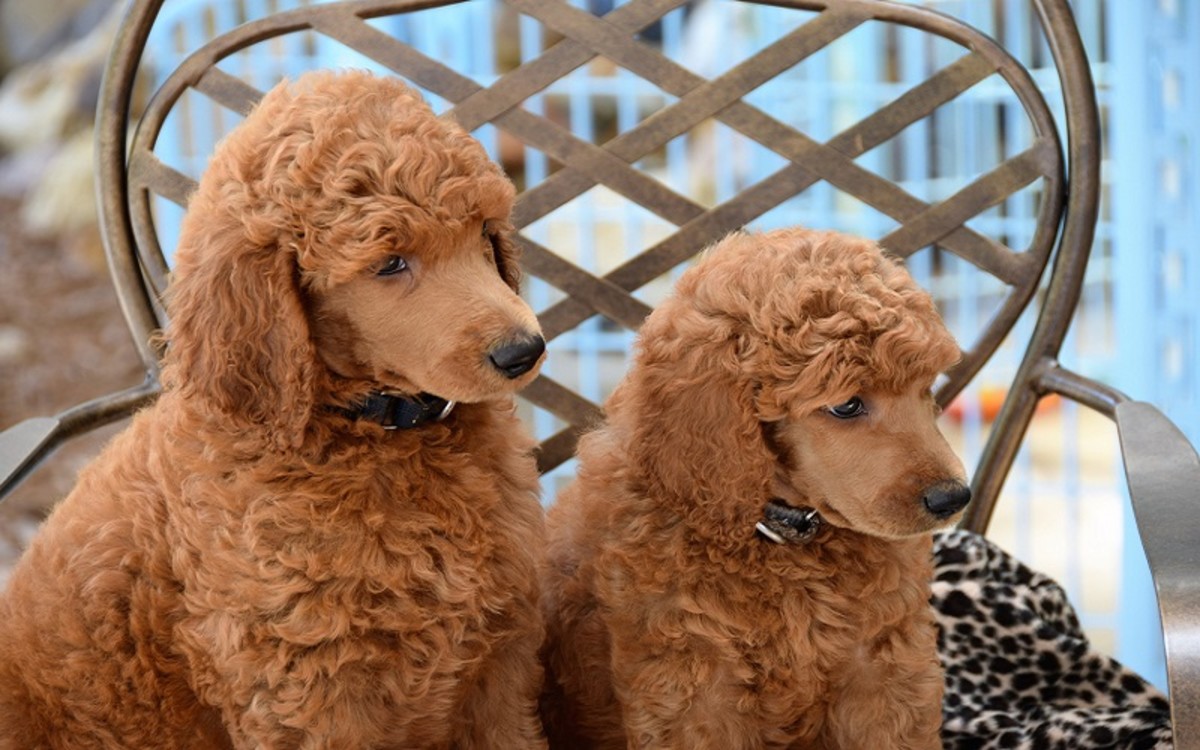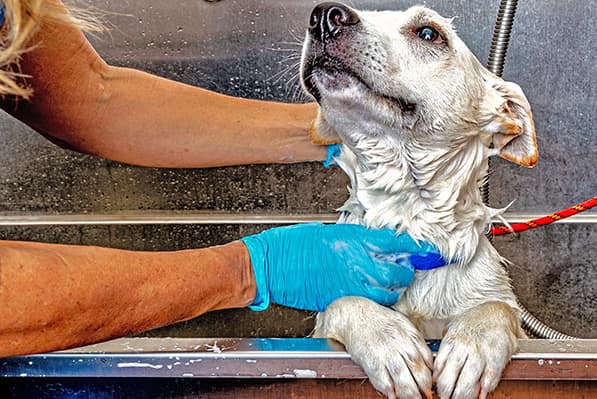Tips from a groomer grooming difficult dogs
Table of Contents
Table of Contents
Grooming can be a challenging task when it comes to difficult dogs. They may not like to be touched or may become aggressive during grooming. However, grooming is essential to maintain the overall health and hygiene of the dog. In this article, we will discuss grooming difficult dogs and provide tips on how to make the grooming process more comfortable for both the dog and the groomer.
Pain Points of Grooming Difficult Dogs
Grooming difficult dogs can be a nightmare for pet parents and professional groomers. It can be a time-consuming process and may require multiple visits to the groomer. Moreover, it can be stressful for the dog, and they may develop a fear of grooming. Another pain point is that grooming difficult dogs can be dangerous for both the dog and the groomer, as they may snap or bite during the process.
Target of Grooming Difficult Dogs
The target of grooming difficult dogs is to keep them healthy, clean, and free from infections. Regular grooming helps in maintaining the coat, skin, nails, and teeth of the dog. It also prevents matting and tangling of the hair, which can lead to skin irritations and infections. Moreover, grooming helps in early detection of any lumps, bumps, or skin conditions that may require medical attention.
Summary of Main Points
Grooming difficult dogs can be challenging and stressful for both the dog and groomer. However, regular grooming is essential to maintain the overall health and hygiene of the dog. Pain points of grooming difficult dogs include time-consuming process, fear of grooming, and risk of injury. The target of grooming difficult dogs is to keep them healthy, clean, and free from infections.
Grooming Difficult Dogs: Personal Experience
As a professional groomer, I have encountered many difficult dogs. One such experience was grooming a Shih Tzu who was terrified of grooming due to a bad grooming experience in the past. The dog would bite and snap whenever I tried to touch him. After observing his behavior, I decided to use positive reinforcement techniques such as treats and praise to calm him down. I also gave him breaks in between to relax and feel comfortable. With patience and perseverance, I was able to groom him without any aggression or stress.
 Grooming difficult dogs requires patience and understanding of their behavior. It is essential to identify the triggers that cause fear or aggression and work accordingly. One can also use positive reinforcement techniques such as treats, toys, and praise to make the grooming process more comfortable for the dog.
Grooming difficult dogs requires patience and understanding of their behavior. It is essential to identify the triggers that cause fear or aggression and work accordingly. One can also use positive reinforcement techniques such as treats, toys, and praise to make the grooming process more comfortable for the dog.
How to Handle Aggressive Dogs during Grooming
Aggression during grooming can be challenging to handle, and it can be dangerous for both the dog and the groomer. Here are some tips on handling aggressive dogs during grooming:
- Identify the trigger: Observe the dog’s behavior and try to identify the reasons for aggression. It can be fear, pain, or a bad grooming experience in the past.
- Use a muzzle: Muzzles can be useful in preventing biting and snapping during grooming. However, always make sure that the dog can breathe and pant freely.
- Use a calming supplement: Calming supplements such as CBD oil or herbal remedies can help in reducing anxiety and fear in dogs.
- Seek professional help: If the dog’s aggression is severe, seek professional help from a veterinary behaviorist or trainer.
Maintaining Good Hygiene
Grooming difficult dogs require extra effort to maintain good hygiene. Here are some essential grooming tips:
- Brush regularly: Regular brushing can prevent matting and tangling of hair and prevent skin irritations.
- Clean ears: Check and clean the ears of the dog regularly to prevent infection.
- Trim nails: Trim the nails of the dog regularly to prevent overgrowth and discomfort.
- Clean teeth: Brushing the teeth of the dog regularly can prevent dental problems and bad breath.
Conclusion
Grooming difficult dogs can be challenging, but it is essential to maintain their overall health and hygiene. Identifying the triggers, using positive reinforcement techniques, and seeking professional help can make the grooming process more comfortable for the dog and groomer. Always maintain good hygiene by regularly brushing, cleaning ears, trimming nails, and cleaning teeth.
Question and Answer
Here are some frequently asked questions related to grooming difficult dogs:
Q. How often should I groom my difficult dog?
A. It depends on the breed and the type of coat. Long-haired breeds require more grooming as compared to short-haired breeds. However, grooming once a week is recommended.
Q. Can grooming my difficult dog make him more aggressive?
A. Grooming can trigger aggression in dogs due to fear or pain. However, positive reinforcement techniques can reduce aggression and make the grooming process more comfortable for the dog.
Q. What if my difficult dog hates brushing?
A. If your dog hates brushing, you can use alternatives such as combing or clipping. Always use positive reinforcement techniques to make the grooming process comfortable for the dog.
Q. Can I groom my difficult dog at home?
A. It is recommended to take professional help if your dog is difficult to groom. However, if you decide to groom your dog at home, always use proper grooming tools and techniques to prevent injury or infection.
Gallery
Pet Grooming: The Good, The Bad, & The Furry: Difficult Dogs

Photo Credit by: bing.com / furry grooming pet bad good he backboard hanging over
Pet Grooming: The Good, The Bad, & The Furry: Difficult Dogs

Photo Credit by: bing.com / fuss
Grooming Difficult Dogs - Hollywood Houndz

Photo Credit by: bing.com /
How To Groom A Difficult Dog - Hellorigby.com

Photo Credit by: bing.com / hellorigby
Tips From A Groomer: Grooming Difficult Dogs - Dog Discoveries

Photo Credit by: bing.com / difficult groomer





